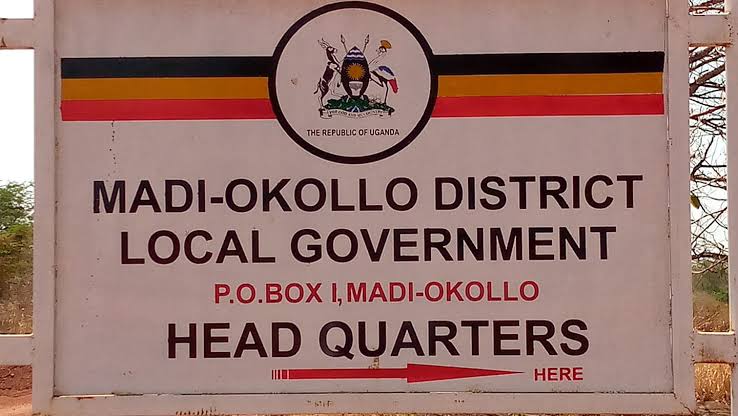Authorities in Madi Okollo are profiling 15 historical sites within the district in a bid to protect and preserve the places as tourist attractions.
They include the Ajai Wildlife Reserve which has over 122 bird species and wild animals like the black and white colobus monkeys, verve monkeys, olive baboons, Kobs, water bucks, duikers and dikdik.
The other sites are Mountain Luku which acts as a breeding spot for vultures from Murchison Falls National Park, the slave trade trail point along River Nile where a Ship sank with explorer Sir Frederick Lugard’s sophisticated gun, the massacre caves and the slave trade survivors at Alijoda, Jesus’ foot mark on a rock at Okollo town council and Ntindiri waterfall located at Offaka sub county among others.
The move comes at a time when several historical sites are on the verge of destruction due to encroachment by human activities like agriculture and settlement. For instance, the slave trade massacre caves which are currently engulfed in thick bush.
Madi Okollo district chairperson Ismail Drabe says they have partnered with GIZ to secure all historical sites within the district area as a way of promoting tourism. He also said that once developed the tourism sector in the district will go a long way in enhancing the local revenue base of the district.
Meanwhile, Knight Zahara, the Tourism officer for Madi Okollo district observes that although there has been slow progress in the restoration of Ajai Wildlife Reserve with White Rhinos, they will move ahead to profile and market other tourist attractions in the district.
But, Jane Abiko, the female councillor for Ogoko sub-county and Inde Town Council observes a need for mass awareness for all these tourist places within and outside the West Nile region so that it can attract tourists.
According to data from the Uganda Bureau of Statistics, tourism’s Direct Gross Domestic Product accounts for 3.64 per cent of Uganda’s Gross Domestic Product GDP in terms of the direct contribution. The sector also accounts for a large share of total employment, directly employing close to 1.6 million people.
URN.

